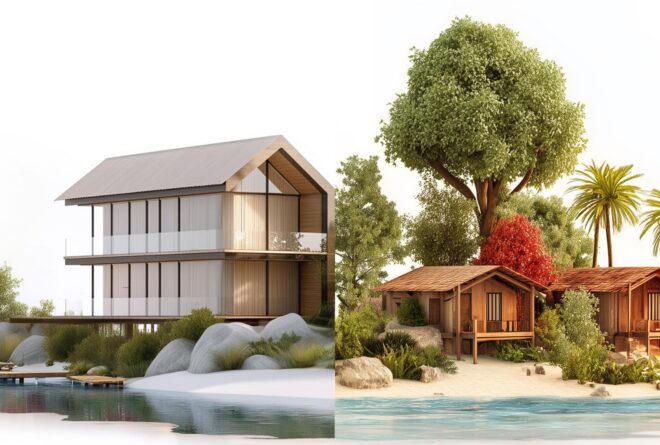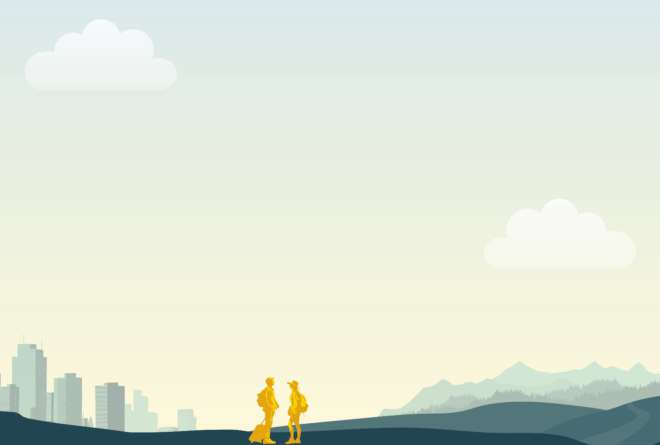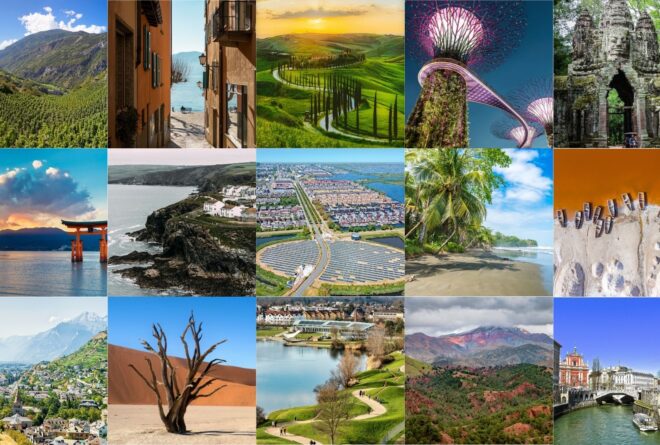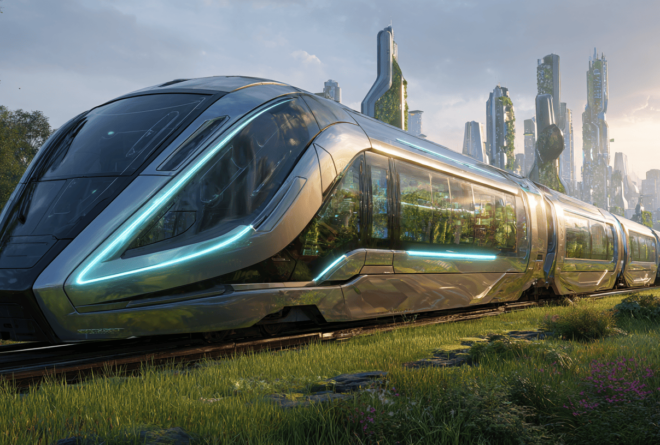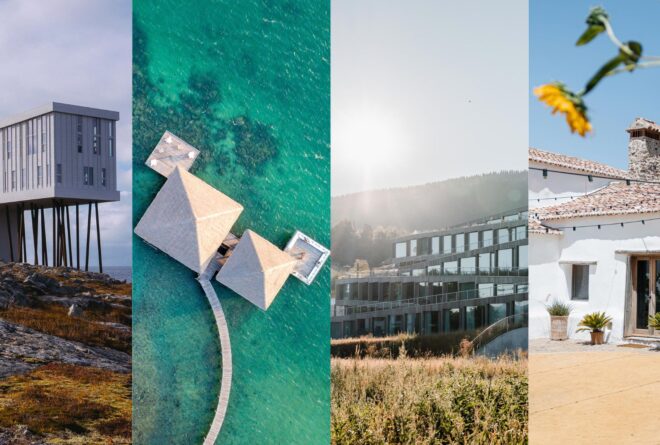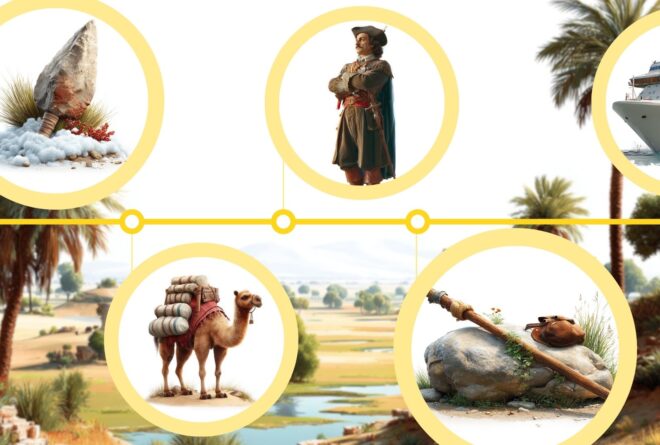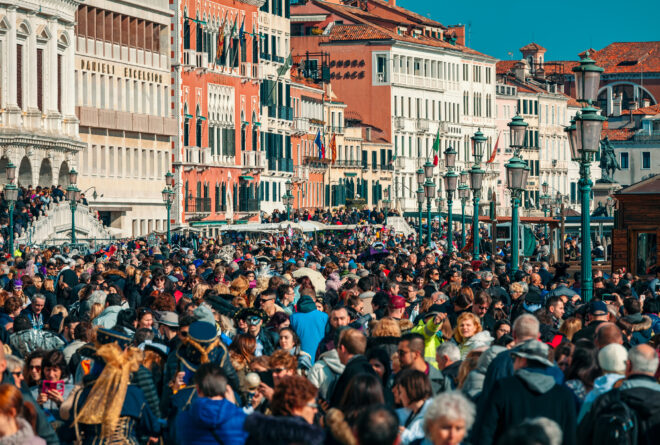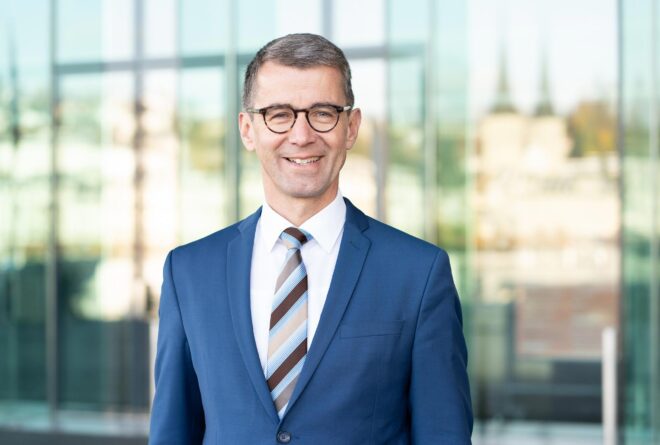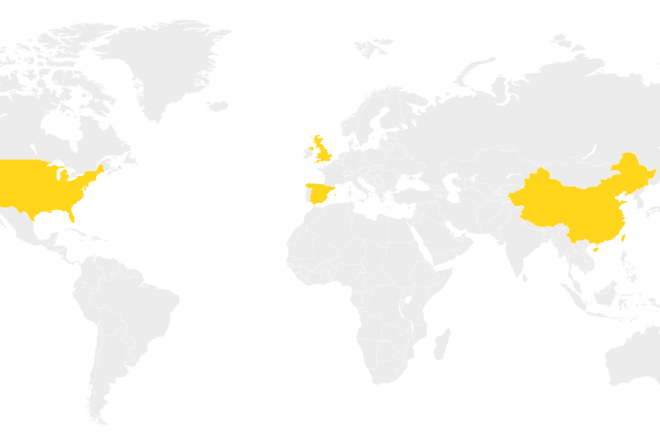News & Trends
Interview: the city of the future
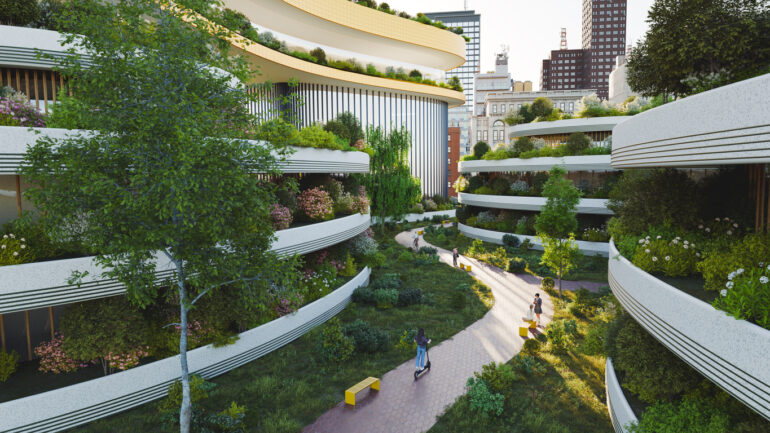
A city that brings people together: futurologist Oona Horx Strathern talks about new urban concepts, economic opportunities, and why mindful urban planning has more to do with quality of life than technology.
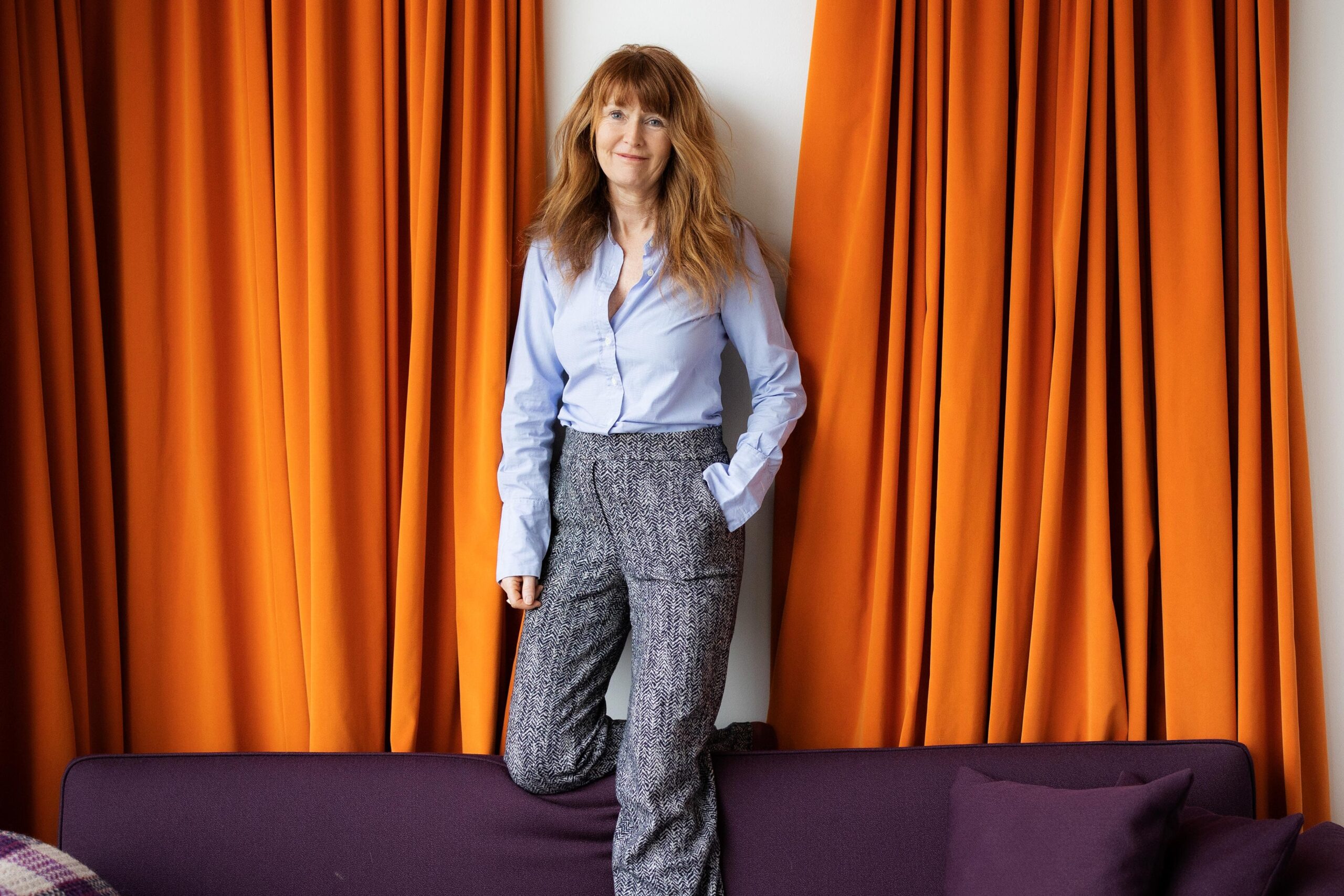
Oona Horx Strathern
Oona Horx Strathern is a futurologist focusing on urban development and social change. She is executive director of Horx Future GmbH and author of the book “The Kindness Economy: A new currency for the future of business, work, and life”. Horx Strathern lives in Vienna, where she and her husband have designed a “future house” focused on social intelligence rather than technological overkill. Further information is available at horx.com.
Oona Horx Strathern, why does the topic of urban development fascinate you?
I grew up in London and I’ve lived in Dublin, Paris and Hamburg – but I’ve also spent a lot of time in the country. Cities are the pace setters of social change: they are where developments become tangible, where we start to see how megatrends are shaping our lives. The way we design cities has an impact on how we work, on our homes, and on how we live together.
How will the city of the future be different?
Cities are growing, but in a different way to how they did before. Instead of an unchecked boom in city centres, living close to town in greener areas with good transport connections is growing in popularity. At the same time, economic momentum remains in the urban centres; that’s where innovations, companies and new business models are emerging. The challenge: how do we create cities which are both economically strong and liveable?
A key to this lies in smart urban planning which puts people centre stage. Pedestrian-friendly areas, a variety of mobility options, and mixed residential areas will mean short journeys and a better quality of life. This is exactly where concepts such as the 15-minute city come in: they reduce traffic, improve air quality, and strengthen local trade. Studies show that cities benefit financially when people travel on foot or by bike – they stay longer, discover more, and support local businesses. This makes for lively neighbourhoods and encourages creative business ideas.
Are there already models for this new urban vision?
A few cities are implementing bold concepts. Copenhagen is showing how a city becomes more liveable: wide cycle lanes, traffic-calmed zones, and lots of green dominate the urban landscape. The former mayor of the Frederiksberg district campaigned to ensure that every resident be able to see at least one tree from their window.
Paris is driving the 15-minute city concept forward. One example is the Saint-Vincent-de-Paul district, where a former railway site has been transformed into a blended neighbourhood with a wide variety of offerings. Barcelona is going even further, with its Superblocks (Superilles). A number of residential blocks are being transformed into traffic-calmed zones in which cars are only allowed to drive at walking pace. This is creating green streetscapes, play areas and seating areas.
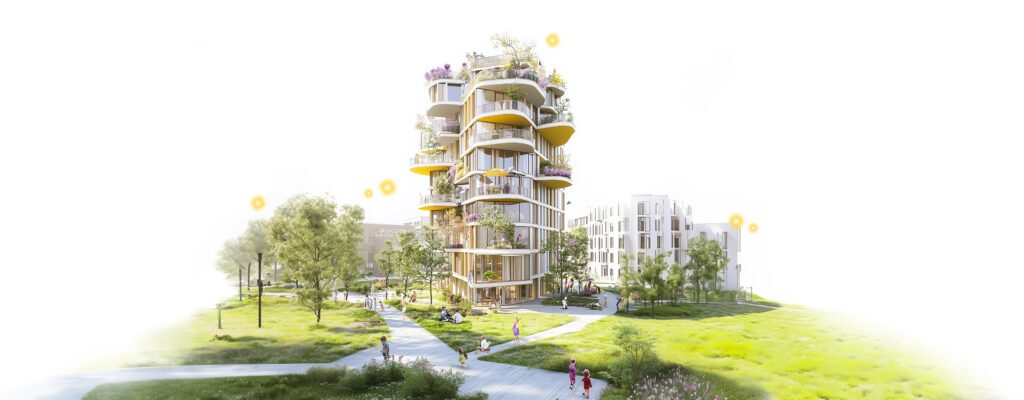
You talk about urban acupuncture – what does that mean?
Jamie Lerner, Mayor of Curitiba in Brazil, coined the phrase urban acupuncture: small, targeted interventions with a big impact. An example of this is Vienna’s Grätzloasen initiative, which is transforming car parking areas into mini parks with seating. Originally met with resistance, today these are a cherished part of the cityscape. The one-minute-city concept in Sweden works in a similar way: here, people are actively helping to shape the environment outside their front doors – with benches, e-bike charging stations, or small green areas. These quick, affordable measures show: change doesn’t always require major building projects.
How are cities becoming climate-resilient and eco-friendly?
Cities need to adapt to higher temperatures and extreme weather. In Athens, there is already a city cooling commissioner, who ensures that new buildings don’t contribute to overheating.
More green spaces are an investment in the future: not only do they improve the urban climate, they also lower temperatures and create meeting places. Technology can also make cities more resilient, for example via intelligent traffic control or energy-efficient buildings. The key here is for it to serve people.
Cities aren’t made of
buildings; they’re made of people.
What can people do to make their city more liveable?
Show more initiative! Urban development depends on people. Neighbourhoods can create new meeting places through joint activities like street parties. In Switzerland, cooperative societies are supporting affordable living space and social desegregation. The Austrian town of Trofaiach has a Stadtkümmerer (town carer), who advocates for the residents. Towns and cities benefit when people get involved.
If you could design your ideal city – what would it look like?
I’m thinking of the image once described by the president of the German Chamber of Architects: a city in which a four-year-old child can go out for ice cream on its own. A city in which children can move around freely and safely is a city that is liveable for all generations. Cities aren’t made of buildings – they’re made of people. The Kindness Economy shows: those who invest in social and environmental quality of life will also create economically stable cities. Happier people are more productive, more engaged and act as drivers of a sustainable economy. So a liveable city is not a luxury – it’s a necessity.
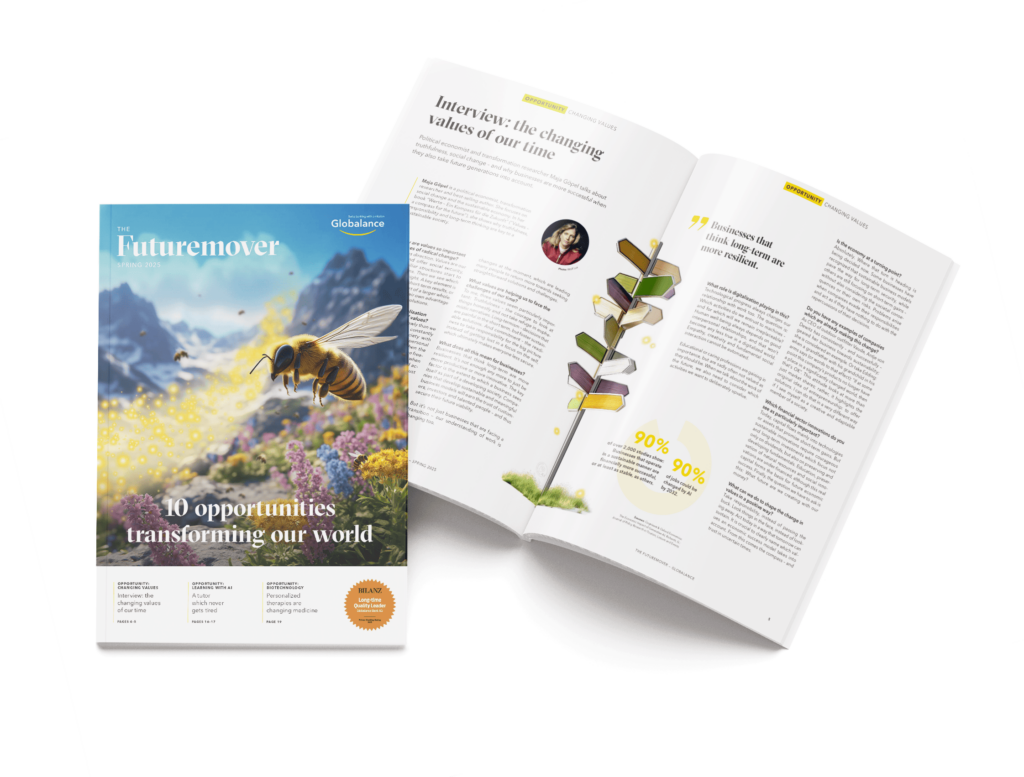
Discover the entire issue
Read more articles from our current issue: ‘10 opportunities
transforming our world’.
Be part of the solution and stay informed with the Futuremover.
Subscribe now and shape the future!
Magazin abonnieren EN
"*" indicates required fields
